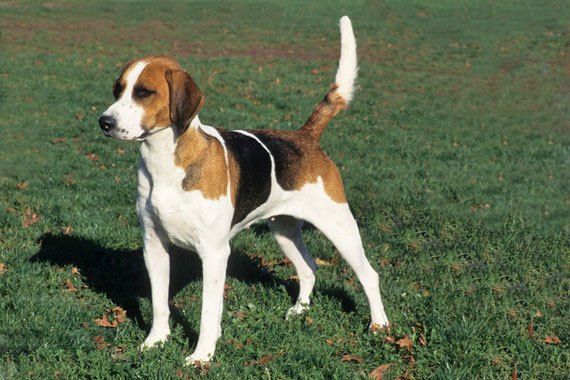The puppies take their name from the island of Newfoundland enchantment to all fans of animals. There at the moment are two established types, the black and the white and black. There also are bronze-colored puppies, but they're rare. The black variety of the Newfoundland is largely black in color; but this does not suggest that there can be no other coloration, for maximum black Newfoundlands have a few white marks. In truth, a white marking at the chest is said to be normal of the authentic breed. Any white on the pinnacle or body would area the canine inside the apart from black variety. The black color should rather be of a stupid jet look which approximates to brown. inside the apart from black elegance, there can be black and tan, bronze, and white and black. The latter predominates, and on this coloration, the splendor of marking may be very critical. the top needs to be black with a white muzzle and blaze, and the frame and legs should be white with big patches of black at the saddle and quarters, with probable different small black spots on the body and legs.
Apart from color, the varieties ought to conform to the equal fashionable. the pinnacle must be wide and massive, but in no sense heavy in appearance. The muzzle needs to be brief, rectangular, and clean reduce, eyes rather wide aside, deep-set, darkish and small, no longer displaying any haw; ears small, with close facet carriage, blanketed with satisfactory quick hair (there ought to be no fringe to the ears), expression complete of intelligence, dignity, and kindness.
The frame must be lengthy, rectangular, and huge, loins sturdy and nicely filled; chest deep and huge; legs quite straight, fairly brief in percentage to the length of the frame, and powerful, with spherical bone, nicely protected with muscle; toes huge, round, and close. The tail has to be only long sufficient to attain just beneath the hocks, unfastened from kink, and by no means curled over the again. The high-quality of the coat could be very important; the coat should be very dense, with masses of undercoat; the outer coat somewhat harsh and quite instantly.
The appearance usually must suggest a canine of amazing energy, and really active for his construct and length, moving freely with the frame swung loosely among the legs, which offers a slight roll in gait. As regards size, the Newfoundland Club standard gives a hundred and forty lbs. to a hundred and twenty lbs. weight for a canine, and one hundred ten lbs. to a hundred and twenty lbs. for a complain, with an average height on the shoulder of 27 inches and 25 inches respectively; but it's far dubious whether or not dogs in right condition do agree to both necessities.
While rearing puppies give them smooth meals, along with nicely-boiled rice and milk, as quickly as they'll lap, and, shortly afterward, scraped lean meat. Newfoundland dogs require masses of meat to set off proper increase. The puppies must increase in weight on the price of 3 lbs. every week, and this necessitates plenty of flesh, bone, and muscle-forming meals, masses of meat, each uncooked and cooked. Milk is likewise top, but it calls for it to be reinforced with casein. the name of the game of growing complete-sized puppies with masses of bone and substance is to get a terrific beginning from delivery, properly feeding, heat, dry quarters, and freedom for the dogs to move approximately and exercising themselves as they wish. compelled exercise might also make them move wrong on their legs. medicine ought to no longer be required except for worms, and the dogs have to be physicked for these quickly after they're weaned, and again while 3 or 4 months old, or earlier than that if they're now not thriving. If loose from worms, Newfoundland dogs might be located quite hardy, and, below proper situations of meals and quarters, they are easy to rear.




0 Comments